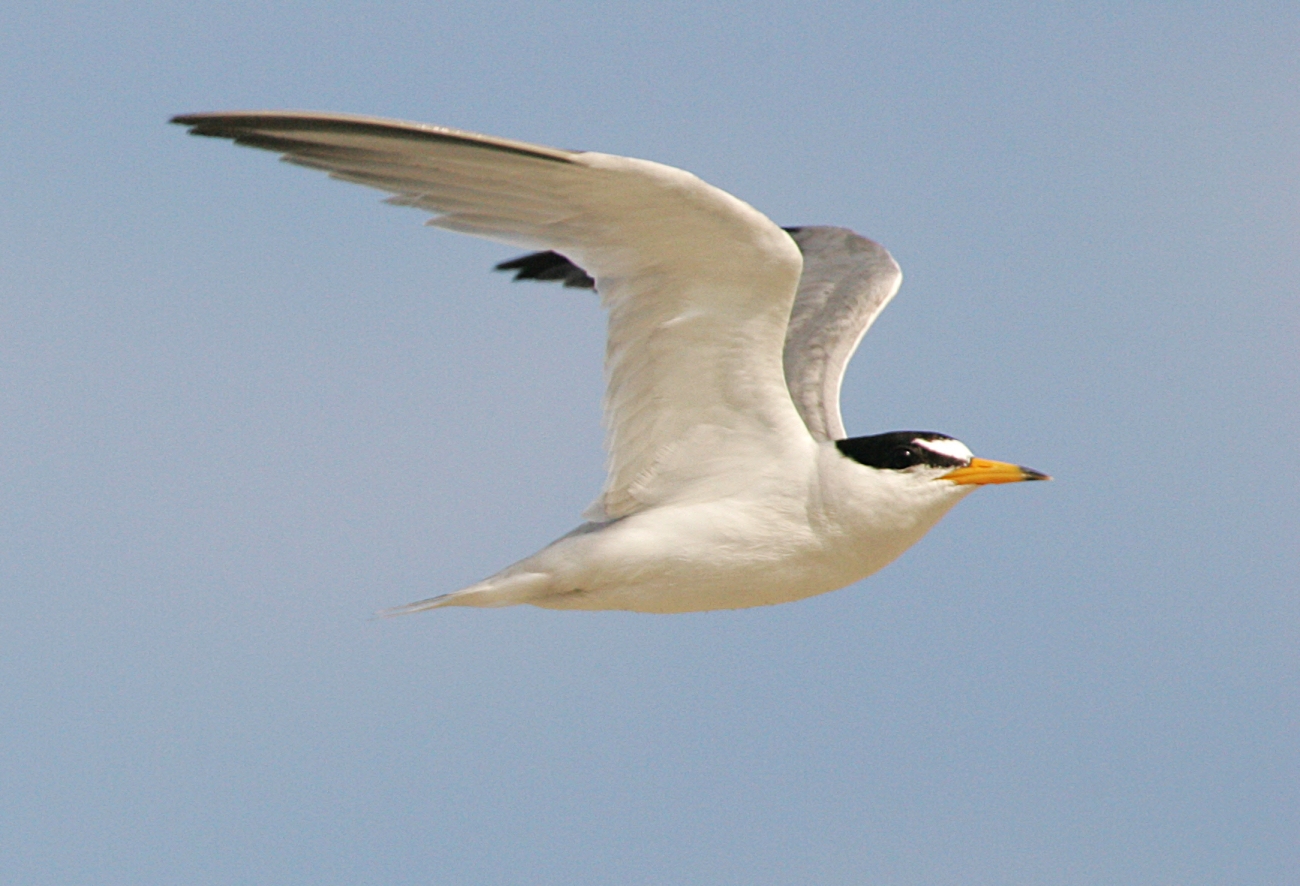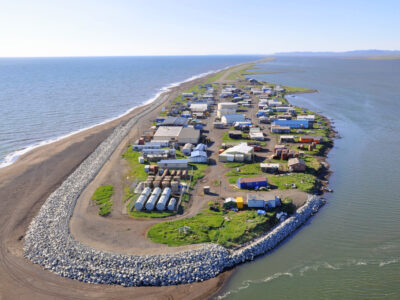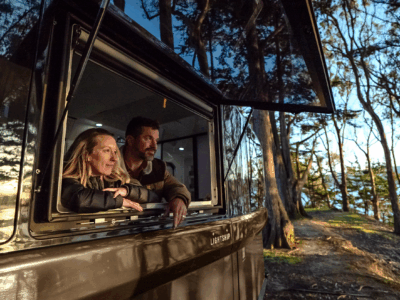When many think of Kansas, they picture miles and miles of prairies. While the Sunflower State is known for its extensive grasslands, it also has several hills, forests, wetlands, and a network of rivers, streams, and ponds. The state also has many prominent rock formations — Monument Rocks in Gove City, Kansas, is the state’s first National Natural Landmark.
Kansas’ diverse landscape also contains an array of wildlife that help sustain the state’s many ecosystems. Unfortunately, some of these unique creatures have been included in the Endangered Species Act (ESA) List due to their swinking numbers. As of July 2016, Kansas was home to 18 of these species, with nine endangered and nine threatened species listed.
The state has a long history of conservation. The Kansas Nongame and Endangered Species Conservation Act (KNESCA) was passed in 1975. It authorized the Kansas Department of Wildlife and Parks (KDWP) to identify species for the state’s list and to implement conservation measures for listed species. The KDWP also manages a state-specific list of endangered and threatened species.
These legislations and agencies work diligently to save Kansas’ imperiled animals. Read to learn more about three endangered creatures and their struggle to thrive again in the Wheat State.
Photo Courtesy Daniel Fenner/USFWS
Peppered Chub
The peppered chub was just listed as endangered under the federal ESA by the United States Fish and Wildlife Service (USFWS) in 2022. However, peppered chubs within the Arkansas River basin are also protected by the KNESCA and were initially listed as endangered in Kansas in 1987 as the speckled chub.
The freshwater fish, also known as Macrhybopsis tetranema, can grow up to three inches long and live approximately two years. The species needs clean, reliable water resources and was once found in the Arkansas River basin throughout Colorado, Kansas, Oklahoma, New Mexico, and Texas. However, due to the dewatering of western Kansas streams, it is now restricted to the lower portions of the river’s basin in Kansas.
According to USFWS, the primary threats to the fish “are river fragmentation and alterations, largely due to water diversions and impoundments, and degradation of water quality within its range.” The KDWP has a recovery plan in place, and now the USFWS is stepping up to address these issues on a federal level.
“We stand ready to work collaboratively with federal, state, and local partners to ensure a strong future for both the peppered chub and the communities who depend on the health of prairie rivers like the Canadian River, ” Amy Lueders, USFWS’s southwest regional director, said in a 2022 press release.
Photo Courtesy Bruce Hallman/USFWS
Cave Salamanders
Like the peppered chubs, the cave salamander has been listed as endangered in Kansas for a long time — since 1978. The amphibians are also protected by the KNESCA and listed as state-endangered in Mississippi and Ohio.
The cave salamander, also known as Eurycea lucifuga, is characterized by a slender body and 14 or fewer vertical grooves on each side of the body between the front and hind limbs. They grow to four to six inches long and have a bright orange-yellow color with scattered black spots on most of their bodies and a white or yellow belly.
In Kansas, the cave salamander is restricted to suitable habitat within the Ozark Plateau region in Cherokee County. As its name suggests, the animal inhabits moist caves and associated spring flows. Activities that degrade subsurface caves or surface habitats near them are considered “detrimental” to cave salamander populations.
The KDWP has implemented work to continue to preserve the amphibian. It has designated “critical habitats” in Cherokee County for cave salamanders. According to the KDWP, these areas are “documented as currently supporting self-sustaining population(s) of any threatened or endangered species of wildlife.” There is also a recovery plan in place for the species.
During a 2023 cave survey, some KDWP biologists found all three species of threatened and endangered salamanders in Kansas, including the cave variety. The discovery gives hope that the species will one day thrive in the state again.
Photo Courtesy Sheppard, Laurie/USFWS
Least Tern
The least tern was listed as endangered in Kansas in 1987; however, the USFWS removed the interior population of the bird from the federal ESA list in 2021. Least terns, which are eight to 10 inches long with about a 20-inch wingspread, are protected by the KNESCA and state and federal regulations. An adult of the species is white on the underside of its body and grayish along the top, with a black cap and white forehead.
According to KDWP, the nesting fowl are “summer residents” of the state and have been recorded in six central and western counties, the Jeffery Energy Center, and near the Kansas River. Least terns need barren areas near water for their habitats: saline flats in salt marshes, sand bars in river beds, and shores of large impoundments. They also require a steady supply of small fish and crustaceans for nourishment.
Habitat loss and human disturbance have taken a toll on the bird, although the interior least tern population has rebounded. According to the Audobon Society, in 2021, around “18,000 birds raise their chicks on nest barges and sandbars across nearly 3,000 miles of river in 18 states.”
Like the cave salamander, the KDWP has designated critical habitats of lands and waters in 18 counties in Kansas in its conservation efforts for the least tern. Any time a project that will likely impact one of these habitats is proposed, the project sponsor must contact the Ecological Services Section of the KDWP for a permit. They must also contact the Kansas endangered species specialist at the USFWS.





